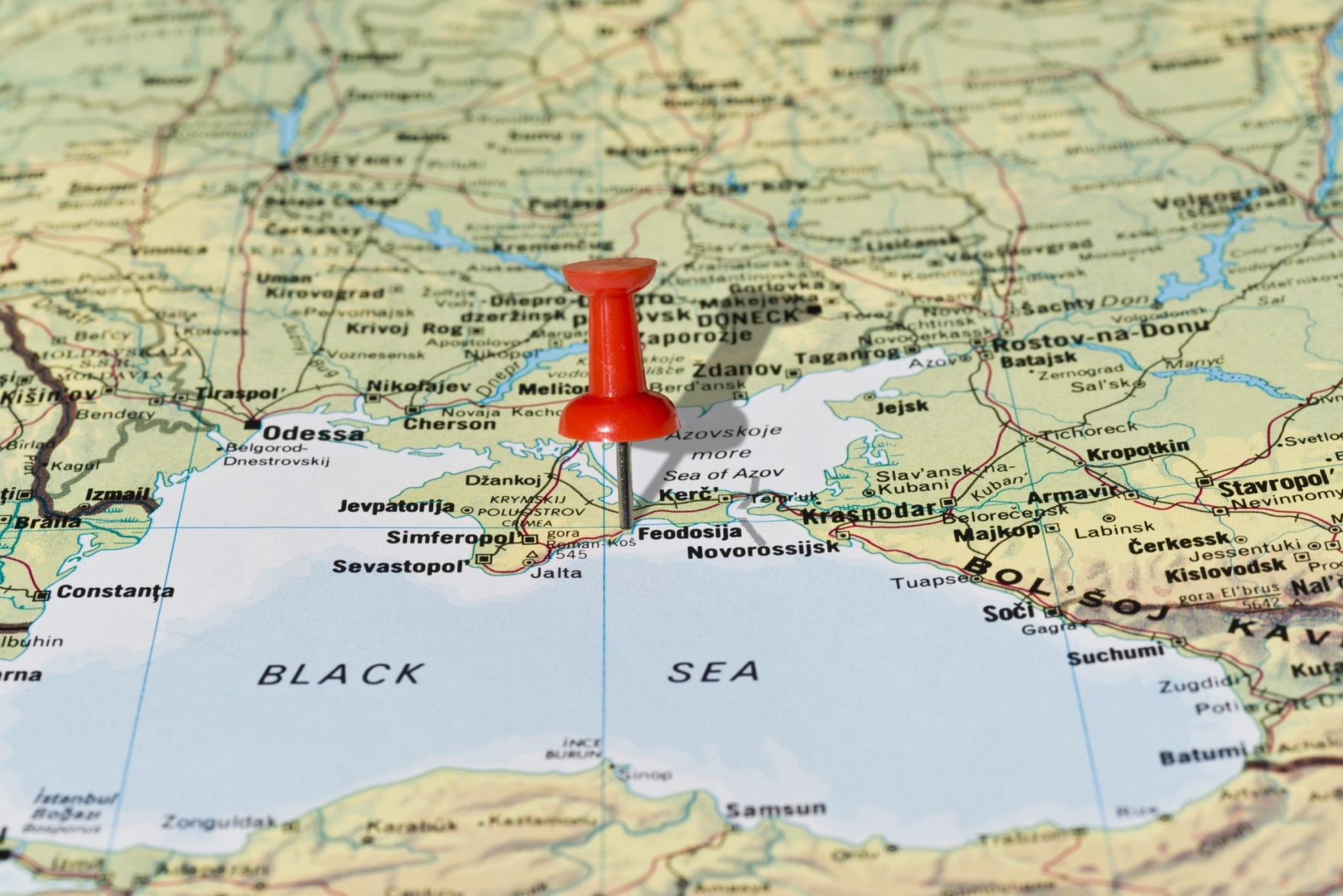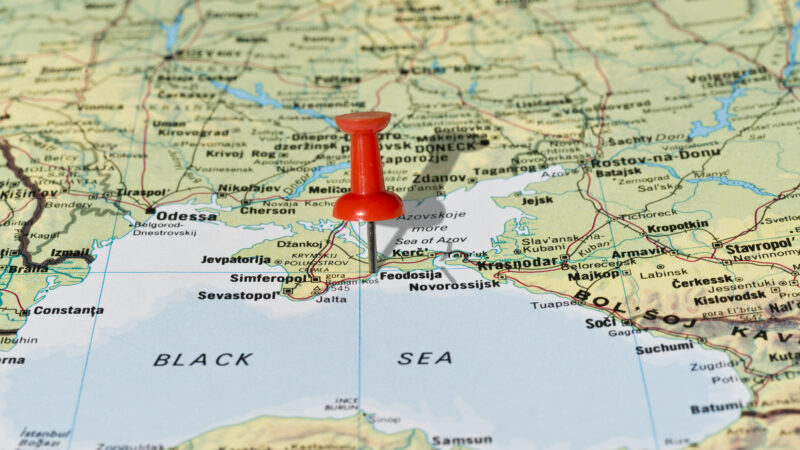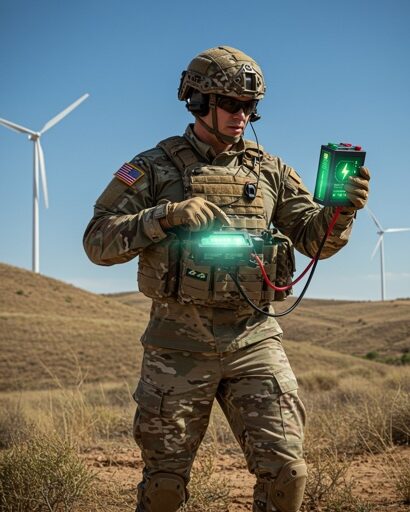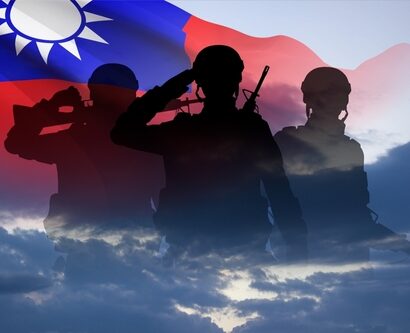Abstract: Whoever owns Crimea the entire Black Sea region and subsequently controls the water zone to the Caucasus and Istanbul. To meet its geostrategic interests, Russia pursues an aggressive policy of seizing and holding the Crimean peninsula, in consequence of which Ukraine suspends the supply of electricity and water resources to the area. Through the history of wars and conflicts in said region, we can see that the strategic importance of Crimea is underestimated. The annexation of Crimea has led to Russia’s active participation in the region with little success in solving the issue of water supply. As a result, it can be linked to military, political and environmental frictions between Ukraine and Russia. Without water supply on the Ukrainian side, people and agriculture suffer from requiring the basic need. Furthermore, if Russia’s plans and investments for the water supply of the peninsula do not work, we cannot write off the military scenario of solving this problem and, as such, imminent losses of territory on the Ukrainian side.
Bottom-line-up-front: The military buildup of Russian troops near Ukraine’s borders, Moscow’s pressure on Ukrainian authorities, and Russia’s water projects in Crimea are yielding no ironclad results. A justifiable need and geopolitical ambitions may force Russia to use military power to protect its interests.
Problem statement: Every resident of the Eurasian continent strongly aware of any conflicts in Europe, is extremely interested in their early peaceful resolution as a military, natural and geopolitical phenomenon that disrupts the peace and prosperity of all neighbors. The simple question arises: “Should we take responsibility for our own home?”
So what?: It is obvious that previous attempts to find solutions do not work. It is necessary to immediately create new contact groups between the parties to the conflicts and under no circumstances allow third countries, the so-called guarantors, to lobby their interests. They will be most effective if they provide security to both sides, transparency and confirm the legitimacy of the solutions found. Also to minimize the damage for the country in a weaker position and to find solutions at least halfway satisfying the strong side, which is the Russian Federation. Without third-party security and a diplomatic solution, war is inevitable. As the forces of the opponents are not equal and a new redistribution of Europe is sure to come.

Source: shutterstock.com/Istimages
A Hotspot of Historic Relevance
Six years after Crimea’s unilateral annexation to Russia, the peninsula seriously faces a new threat – water shortage. Ukraine has cut off Crimea’s access to the Dnieper river, leading Crimea’s water supply to fall to such an extent that major cities on the peninsula are now limiting consumption with magnified restrictions to be expected in the future.[1] The situation is so dire that 2020 was considered the most waterless year in the history of Crimea. The impending drought is draining agriculture, cities and preventing the use of the peninsula’s military infrastructure.
In this zero-sum game, Russia will do whatever it takes to defend its security interests. The Crimean Peninsula is the main prize of the Black Sea and as such the most important aspect in projecting power. Whoever controls Crimea gains the ability to influence events far beyond its national borders.[2]
Not surprisingly, the Crimean peninsula was a foothold for past empires. The Scythians, Greeks, Slavs, Mongols, Tatars, Turks, and Cossacks claimed the peninsula at certain points in history. Russia gained control of Crimea in 1783 which became an instant gateway to the world economy.[3] Control of the Crimean peninsula ensured the security of Russia’s Black Sea coast and Caucasian territories.
During the Soviet era, Crimea was assigned to Ukrainian territory, and once the Soviet Union collapsed, the latter took ownership of the region. However, Ukrainian sovereignty proved to be a temporary phenomenon that merely lasted from 1991 to 2014. Crimea was too valuable for the Kremlin to leave it outside of its interests. Russia wanted it back, even if that entailed risking both economic and diplomatic backlash. In 2014, Putin signed a law integrating Crimea into the Russian Federation.[4]
However, Ukrainian sovereignty proved to be a temporary phenomenon that merely lasted from 1991 to 2014. Crimea was too valuable for the Kremlin to leave it outside of its interests.
The Fortress Sevastopol
The decision was, from Russia perspective, legal. The process, the integration and the annexation was, according to international law, illegal. and majority of the world still recognizes Crimea as part of Ukraine. Russia was drawn to Crimea by undeniable geopolitical conditions. Sevastopol, Crimea’s largest city, was not only home to a significant portion of the Russian population but also home to the Russian Black Sea Fleet. Without Sevastopol, Russia would not have been able to conduct foreign military operations on Syria and Libya. Moreover, the military infrastructure in and around Sevastopol provided Russia with exceptional opportunities to restrict and deny access and maneuver. This means that Russia can fully deter and control any presence of enemy surface assets in the Black Sea, and has the advantage of both defensive and offensive nature. Sevastopol is an outpost with repair docks, coastal and missile defense, a bridgehead for submarines, large landing craft, airfields, a huge concentration of anti-ship strike systems, a place of training of military officers, professionally trained system of shelters and command posts. In many ways, like ancient fortresses, the means of restricting and denying access and maneuver prevent any opponent from occupying or crossing land territory or airspace in and near Crimea, protecting Russia’s vulnerable parts.[5] Therefore, the Crimean Peninsula is vital for protecting Russia’s territorial integrity.
This means that Russia can fully deter and control any presence of enemy surface assets in the Black Sea, and has the advantage of both defensive and offensive nature.
Water as a Critical Resource
Nonetheless, six years after the event, things have played out differently. Russia was tasked with managing Crimea and providing its two million inhabitants with all possible services and benefits. However, since the peninsula was not directly connected to Russia’s main territory, the initial goal was to maintain the existing Ukrainian infrastructure, the power lines and the energy distribution system. Notably, Kyiv had its own position and cut off the peninsula from its infrastructure.
Russia laid new supply chains across the Sea of Azov and provided Crimea with new sources of energy and communications. In addition, a new bridge was erected over the Kerch Strait, making road and rail connections between the main territory of Russia and the Crimean peninsula possible. The new infrastructure was proof of Russia’s close attention to Crimea. Regardless, there was a necessity that Russia failed to provide over the years – access to water. Crimean local water sources could meet only 15% of its consumption. The remaining 85% was readily available through the North Crimean canal which runs through Ukraine and takes water from the Dnieper River, which pumps billions of cubic meters of water to Crimea every year. The Dnieper itself originates in the Smolensk region of Russia, so, legally speaking, it is an international, transboundary river. Its Russian part is almost 485 kilometers long. Another 700 kilometers run in Belarus and 1,095 kilometers along with the territory of Ukraine. Its basin measures about 500,000 square kilometers, making it one of the largest drainage basins in Europe.
Crimean local water sources could meet only 15% of its consumption. The remaining 85% was readily available through the North Crimean canal which runs through Ukraine and takes water from the Dnieper River, which pumps billions of cubic meters of water to Crimea every year.
After the annexation of Crimea to Russia, Kyiv suspended the flow of water from the Dnieper. This was one of Ukraine’s severe responses in its confrontation with Russia.[6] First, in 2014, Ukraine blocked the locks and blocked the canal with sandbags. Three years later, the dam became solid, composed of concrete.
Politicians from Moscow held several stages of negotiations in an attempt to persuade their Kyiv counterparts to resume water flow through the canal, claiming that Ukraine’s actions were illegal and inhumane. As of today, there is only one way to provide Crimea with fresh water – precipitation, a rather uncontrollable element. Moreover, due to climate change, rainfall in Crimea has decreased significantly in recent years.[7] From the beginning of last year, local water reservoirs emptied by a third, 2020 being the driest since rainfall records began about 150 years ago.
The result of the drought is significant in that two-thirds of the peninsula is severely water-stressed. The situation is particularly challenging in the north and east of the peninsula, as a matter of fact, inhabitants are relocating from arid areas. Interestingly, according to statements made by Russia, the population of Crimea has almost doubled by 2020, and not even a small part of this increase is attributed to the migration of Russians. The growing number of people helps consolidate Russian control over Crimea while doubling the need for water resources.
New infrastructure, as well as migrants from Russia, have put a serious strain on water supplies, in fact, shortages have increased in proportion to population growth. One can take agriculture as a preliminary example. During the best period of the Soviet Union, about 400,000 hectares of Crimean land were cultivated. By 2013, after years of water mismanagement, the amount of cultivated land had dropped to 140,000 hectares. In 2014, when Russia gained control of Crimea, it plummeted to a modest 17,000 hectares. Based on this data, Crimea’s agricultural sector has shrunk by a factor of 8 since its incorporation into Russia, and by a factor of 23 from its peak.[8]
It is evident that Crimea has been on its way to a water shortage for decades, however, Russia’s takeover of the peninsula proved to be a watershed moment. As a result of disappearing agriculture, local farmers have been forced to stop growing crops including rice and soybeans due to water consumption. The Russian leadership calls this ecological adaptation, but it is a sign of decline at best.
Crimean Water Security by 2024
Moscow has developed a plan to ensure Crimea’s water security to alleviate the situation[9] The deadline for its implementation is set for 2024. By that time, Russia plans to build new dams, new desalination plants and drill new wells to extract water from the ground. It also intends to build new water pipelines and connect Crimea to the Don and Kuban. There is even a plan to use airplanes to introduce artificial rainfall. Although the ultimate cost of said plans is unknown, Russia has already earmarked at least US $650 million for the projects.
The problem for Russia is that the international community recognizes Crimea as part of Ukraine, and Russia’s presence on the peninsula is considered an illegal occupation[10]. This means that the execution of any project planned in Crimea can only be handed over to Russian companies, but Russia lacks the required technology. For example, Russia has never specialized in desalination technology given that water scarcity is unfamiliar to it. Building desalination plants requires the involvement of international partners and at the moment, there seems to be none.
Russia has never specialized in desalination technology given that water scarcity is unfamiliar to it.
A Radicalization in Solutions
This legal aspect of building infrastructure in Crimea is one of the most challenging problems. This being said, if the plan to provide water to Crimea does not work, Moscow may switch to more radical measures. Depending on the criticality of the situation, Russia could either destroy the Ukrainian platypuses on the Dnieper River that block the water flow or aim to occupy more territory in southern Ukraine along the North Crimean Canal. Such a military operation would force Russia to entrench itself about 60 kilometers from Crimea near the banks of the Dnieper River. Neither of these actions will be easy. Russia will use troops only if any of the other options have been collectively exhausted, however, wars have also been started for less casus belli. Geopolitics is ultimately the art of choosing the unpleasant to avoid the disastrous.
Russia will use troops only if any of the other options have been collectively exhausted, however, wars have also been started for less casus belli.
Igor Shchebetun, International relations, Defence department. https://www.itssverona.it/russia-and-ukraine-prepare-for-war. The article is a study of one of the potential scenarios for the development of the theater of military action in the quo-armed conflict between Ukraine and Russia. The views contained in this article are the author’s alone.
[1] Elena V. Batanina, “Lack of fresh water in the peninsula Crimea: problems and solutions,” International scientific and practical journal “Epoch of Science”, no. 6 (2016).
[2] Elvida E. Islyamova, “The geopolitical significance of the Black Sea region: the theoretical and conceptual dimension,” Scientific notes of the Crimean Federal University named after V. I. Vernadsky, Tom 3 (69), 2017, № 4, 124-133.
[3] Nikolai V. Starikov, Russia. Crimea. History (St. Petersburg: publishing house “Peter”, 2015), 236.
[4] Federal constitutional law of March 21, 2014, On the admission of the Republic of Crimea to the Russian Federation and the formation of new subjects within the Russian Federation – the Republic of Crimea and the federal city of Sevastopol, last accessed October 15, 2021, https://docs.cntd.ru/document/499083500.
[5] Inna V. Yurchenko, “Geopolitical peculiarities of the Black Sea region in the context of the South of Russia security ensuring,” Bulletin of the Peoples ‘ Friendship University of Russia. Series: International Relations, no. 3 (2008): 18-23.
[6] Information portal “Perekop.ru,” Problems with water in the Crimea-wells, water pipelines or desalination?, last accessed October 15, 2021, https://www.perekop.ru/water-problems-in-russian-crimea.
[7] Valentina A. Vasilenko “Crimea: water crisis and environmental problems,” All-Russian economic journal “ECO”, no. 9 (2016): 61.
[8] Nikolai M. Ivaniutin, Svetlana V. Podovalova, “The analyzing of the suitability of water resources of the South-Eastern Crimea for drinking purposes,” Ecology and construction, no. 9 (2018): 5-6.
[9] Decree of the Government of the Russian Federation No. 2668-r of October 16, 2020. A comprehensive plan to ensure reliable water supply to the Republic of Crimea and the city of Sevastopol, last accessed October 15, 2021, https://docs.cntd.ru/document/566032089.
[10] Publishing group “Law,” Independence of the Crimea: legality from the point of view of international law, last accessed October 15, 2021, https://zakon.ru/blog/2014/3/19/nezavisimost_kryma_pravomernost_s_tochki_zreniya_mezhdunarodnogo_prava_kristian_markssen_v_ejil_talk.






